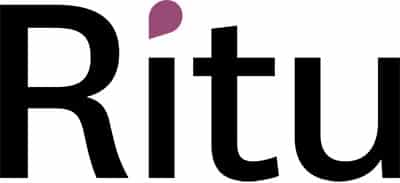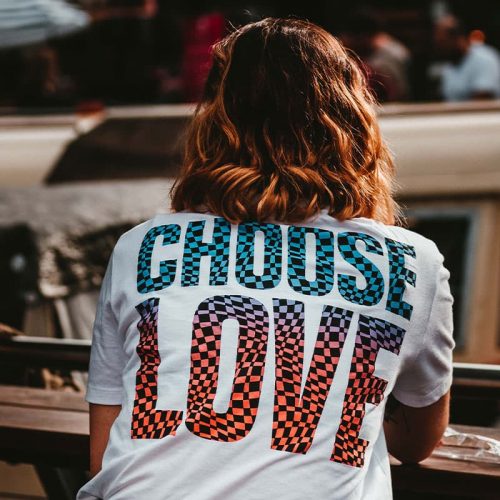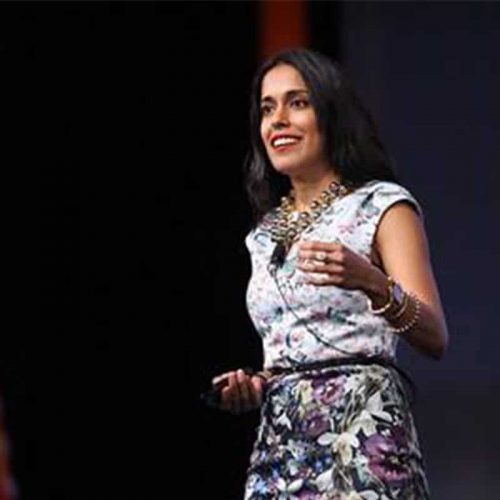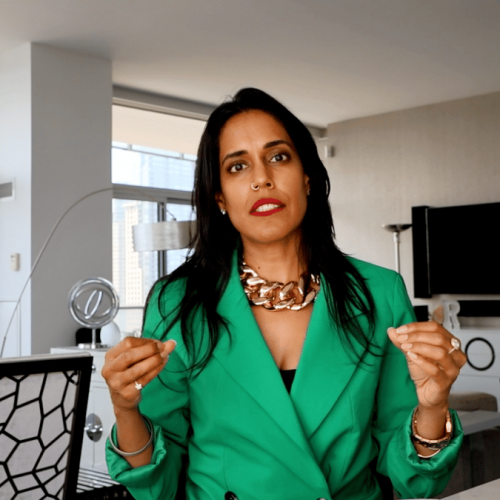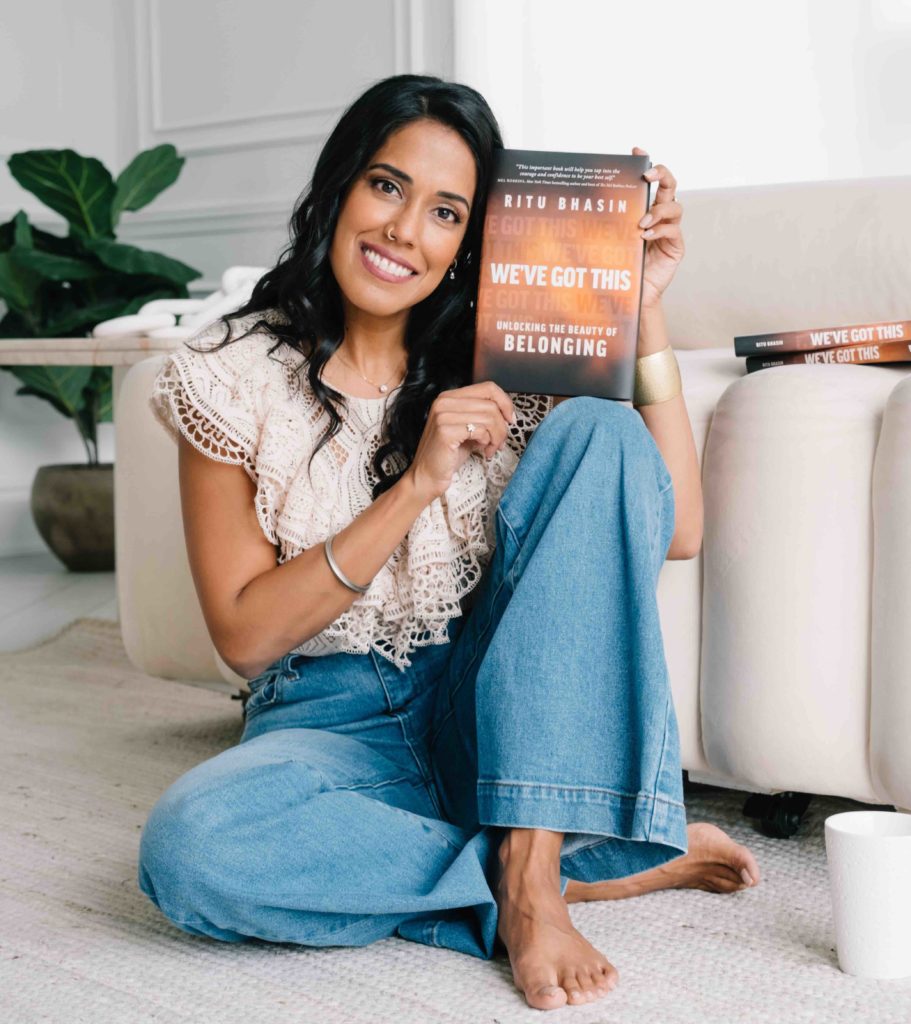
Being authentic feels amazing. It’s a liberating, freeing, and empowering way to live. But if you want to uncover your authentic self to live better, it can feel like a daunting, monumental task. “Who am I?” is a question that artists, philosophers, scientists, spiritualists, and other seekers have been pondering for millennia, and answering it is a life-long process — but it doesn’t have to be so daunting.
In The Authenticity Principle, I introduce the concept of the Authentic Self as an expression of your core values, beliefs, needs, desires, thoughts, emotions, and traits. It’s who you would be, and how you would behave, if you didn’t fear the negative consequences of your behavior. When it comes to uncovering your Authentic Self, starting small and focusing on the practical is a good place to begin.
For many of us, the pervasive message to “be yourself” feels elusive — because it’s not grounded in concrete, practical advice. To help demystify it, I developed what I call the Seven Behavioral Dimensions, a range of areas where we can visibly and tangibly showcase our authenticity. Understanding these dimensions, and how you show up in them, can help you to pinpoint aspects of your Authentic Self and give you the power to experience them more often.
The Seven Behavioral Dimensions reflect a range of behaviors in which we make decisions, both consciously and unconsciously, about how to act at any given time. All day long, we’re knowingly and unknowingly making decisions about how to behave in the following areas:
- How we express our emotions: The extent to which we are restrained or expressive in how we express ourselves across a range of emotions, including anger, fear, disgust, happiness, sadness, surprise, contempt, shame, and pride.
- How we communicate non-verbally: How we behave in areas like gesturing, touching, posture, facial expressions, eye contact, and what I call “eye talk” (blinking, squinting, widening, closing, rolling, “smizing,” glaring, etc.).
- The words we use when we speak: Whether we speak formally or informally; what vocabulary we choose (e.g., using simple words as opposed to bigger, fancier, less commonly used words); whether we use slang, swear words, or offensive language.
- How we speak: The pitch, volume, pace, accent, and intonation of our voice.
- Our appearance: How we choose to physically present ourselves, including our clothing, shoes, makeup, hairstyle, weight, cosmetic procedures/plastic surgery, jewelry, piercings, tattoos, accessories, style, brand affiliation, and the colors we wear.
- The content we share: What we put forward about our values, beliefs, thoughts, ideas, opinions, dissenting views, stories, experiences, and cultural differences—which, broadly defined, includes our nationality, race/ethnoculture, religion/faith, gender identity, sexual orientation, age, disability, class/socioeconomic status, and family status.
- Our actions: The countless decisions we make every day about how we act, including the choices we make about how to treat people, whom to speak to, whom to avoid, how we self-promote, whose interests we prioritize, how and whom we defer to, how and whom we dominate, how we listen, what we say yes/no/maybe to, and how and where we draw our boundaries.
The magic happens when you have a very clear understanding of how you most want to behave across these dimensions, because these behaviors reflect your Authentic Self. Exploring how you want to show up in these dimensions, and how great it feels for you, will ultimately yield clues that will help you show up authentically more often and experience that liberating, empowering feeling that comes along with it.
The Exercise
Find a quiet place where you’ll be undisturbed for about an hour, with a notebook and pen (I suggest writing by hand for creative brain work like self-reflection). Set yourself up for success by leaving your phone and any other gadgets in another room — minimizing your distractions will help facilitate a more reflective mindset.
Now take some time to reflect on the following questions, writing down your answers with as much detail as possible.
For each of the Seven Behavioral Dimensions above, answer the following questions:
- If there were no negative consequences for your behavior, how would you behave in this dimension?
- Think back to a time when you felt unable to be authentic in this dimension. What was the situation? How did you behave in this dimension and why?
Next, reflect on your answers:
- Which behavioral dimensions are the most important for you when it comes to authenticity? These are your “must-do” or “must-be” dimensions — you’re unwilling to compromise on who you are in these dimensions.
Self-reflection activities like this one are a clear path to better understanding your Authentic Self, and will help set the stage for making more empowered choices about how to behave. If you want greater clarity, meaning, and purpose in how you live, work, and lead, take the time to better understand what authenticity means for you. It’s worth it.

I'm Ritu.
I’m an award-winning life coach, empowerment speaker, author, and inclusion expert dedicated to helping you live your best life.

Join MY COMMUNITY
Sign up for my mailing list to get free inspiration and tools straight to your inbox!
Top Posts
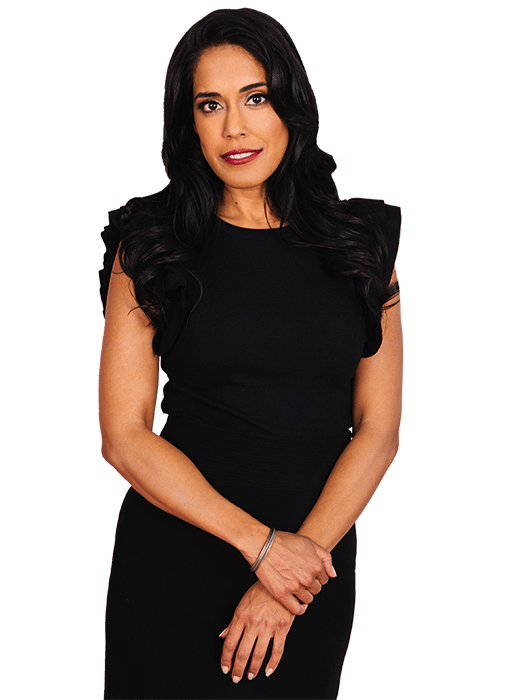
Dig deep into your journey to belong.
Be the first to learn about my authenticity and empowerment goodies and get them straight to your inbox.
